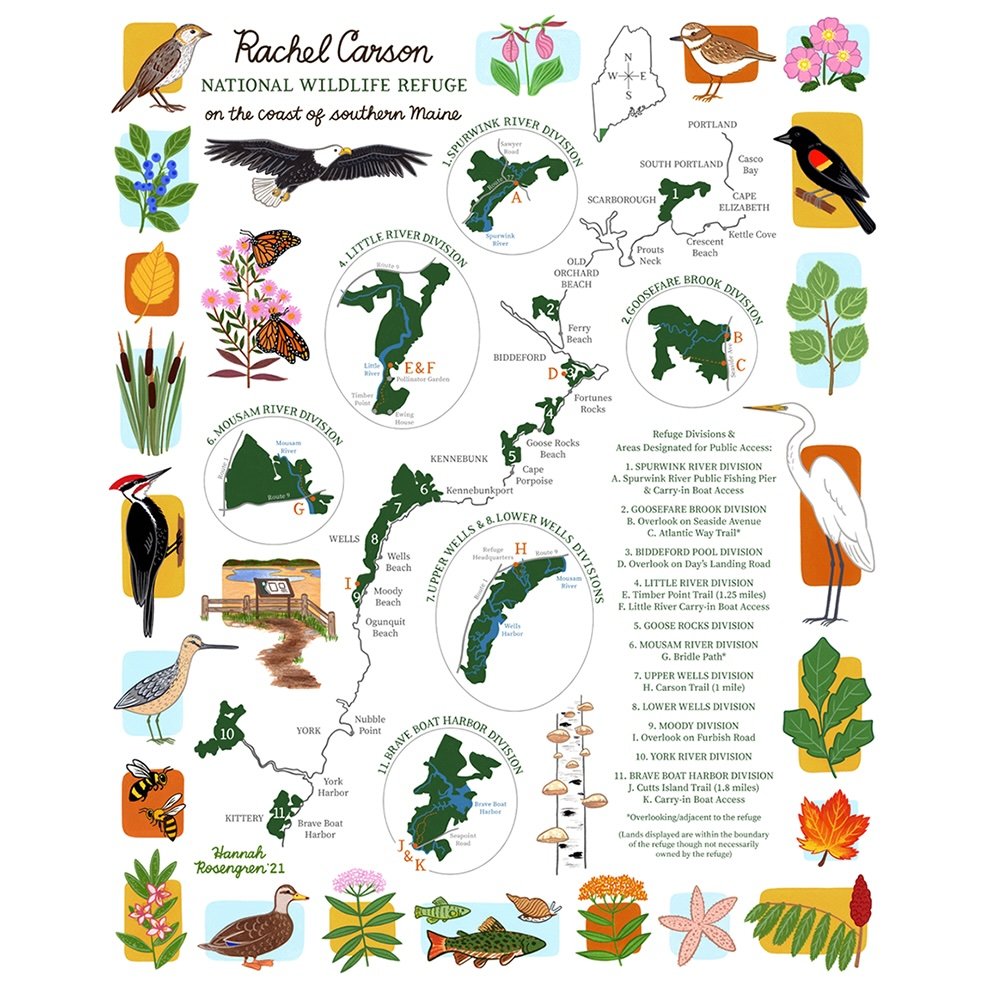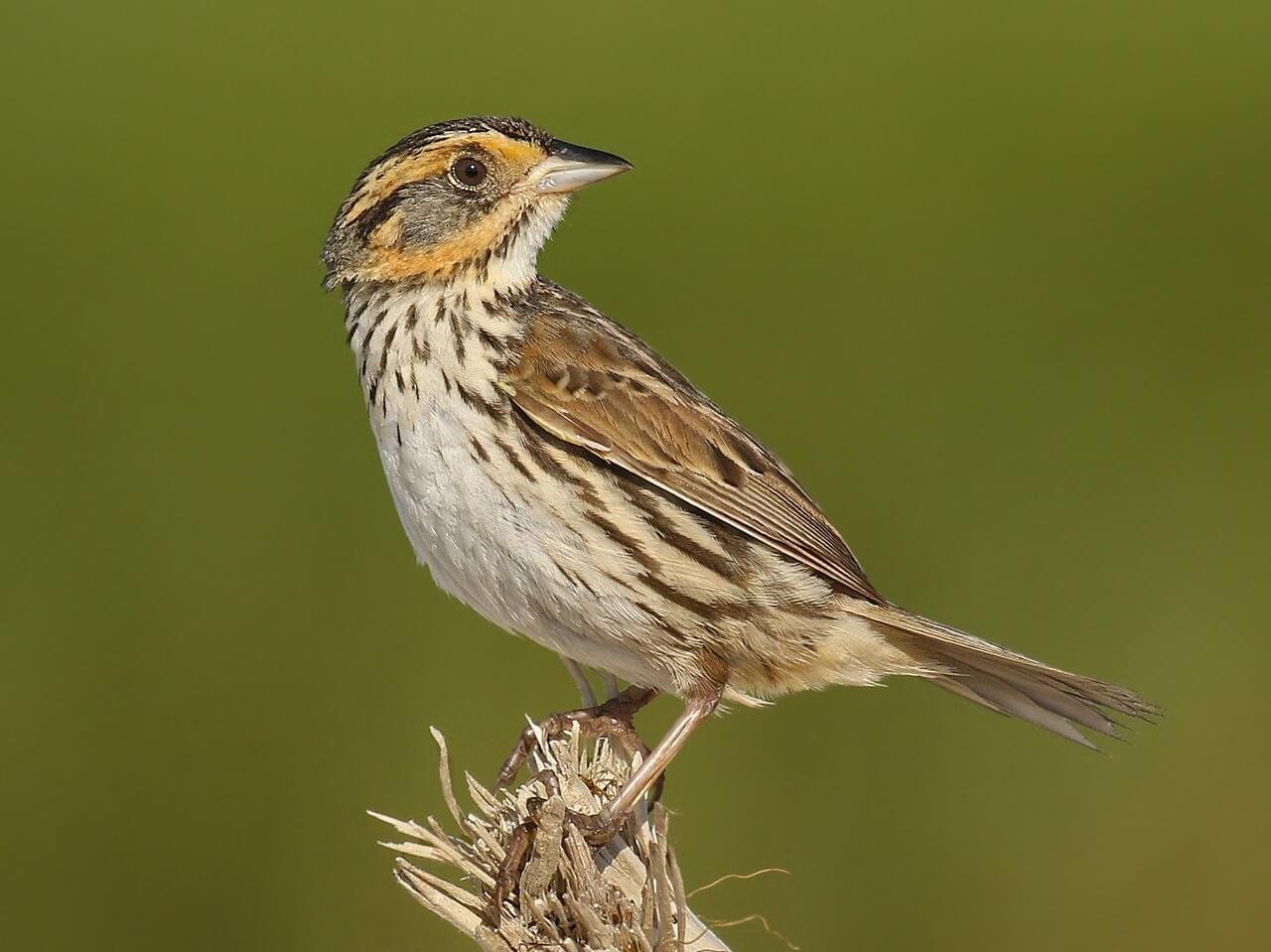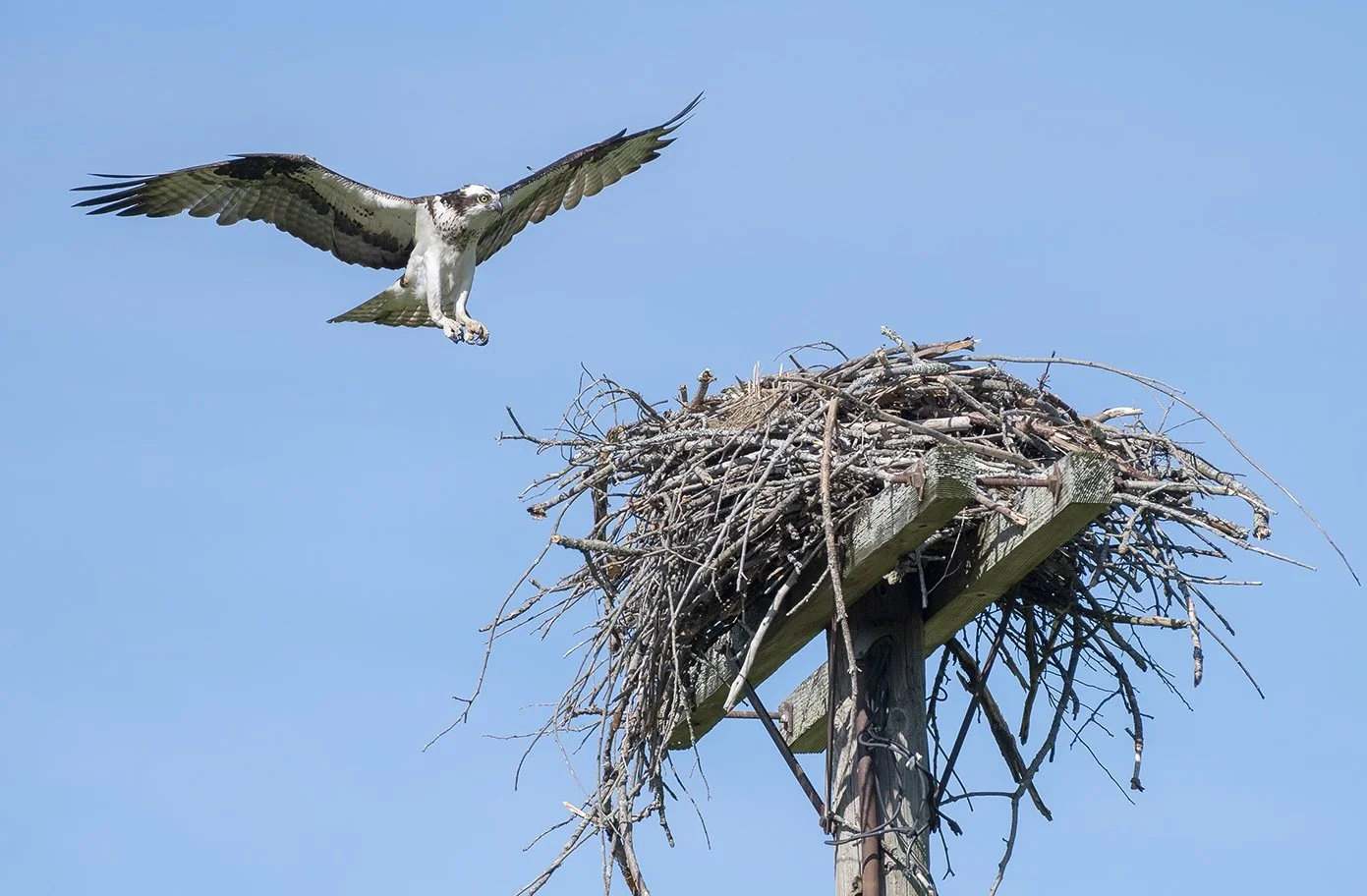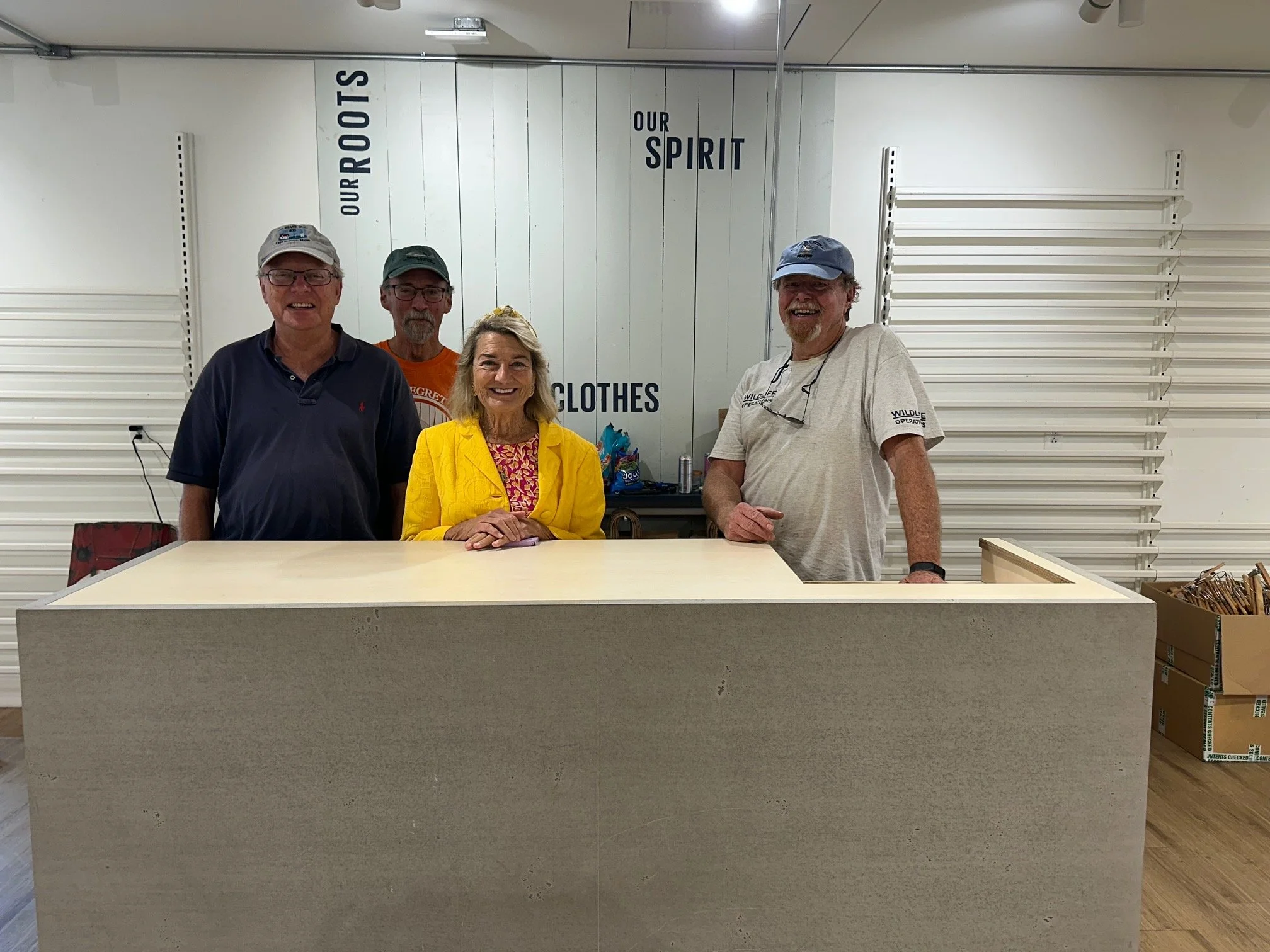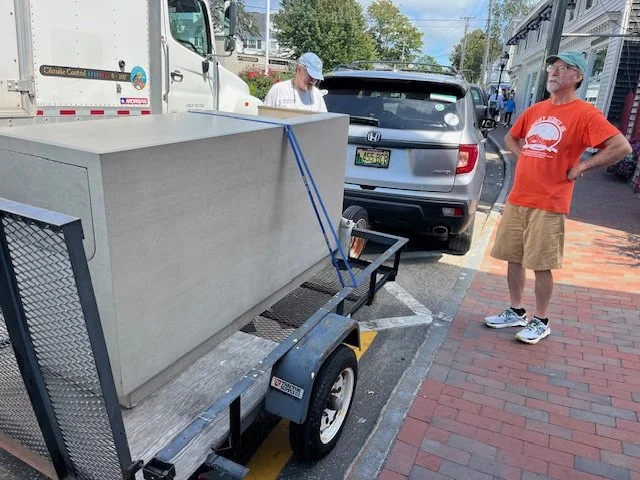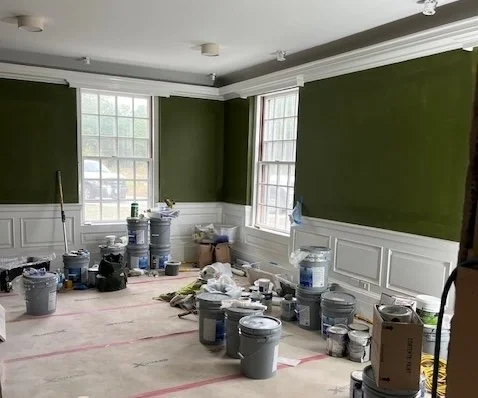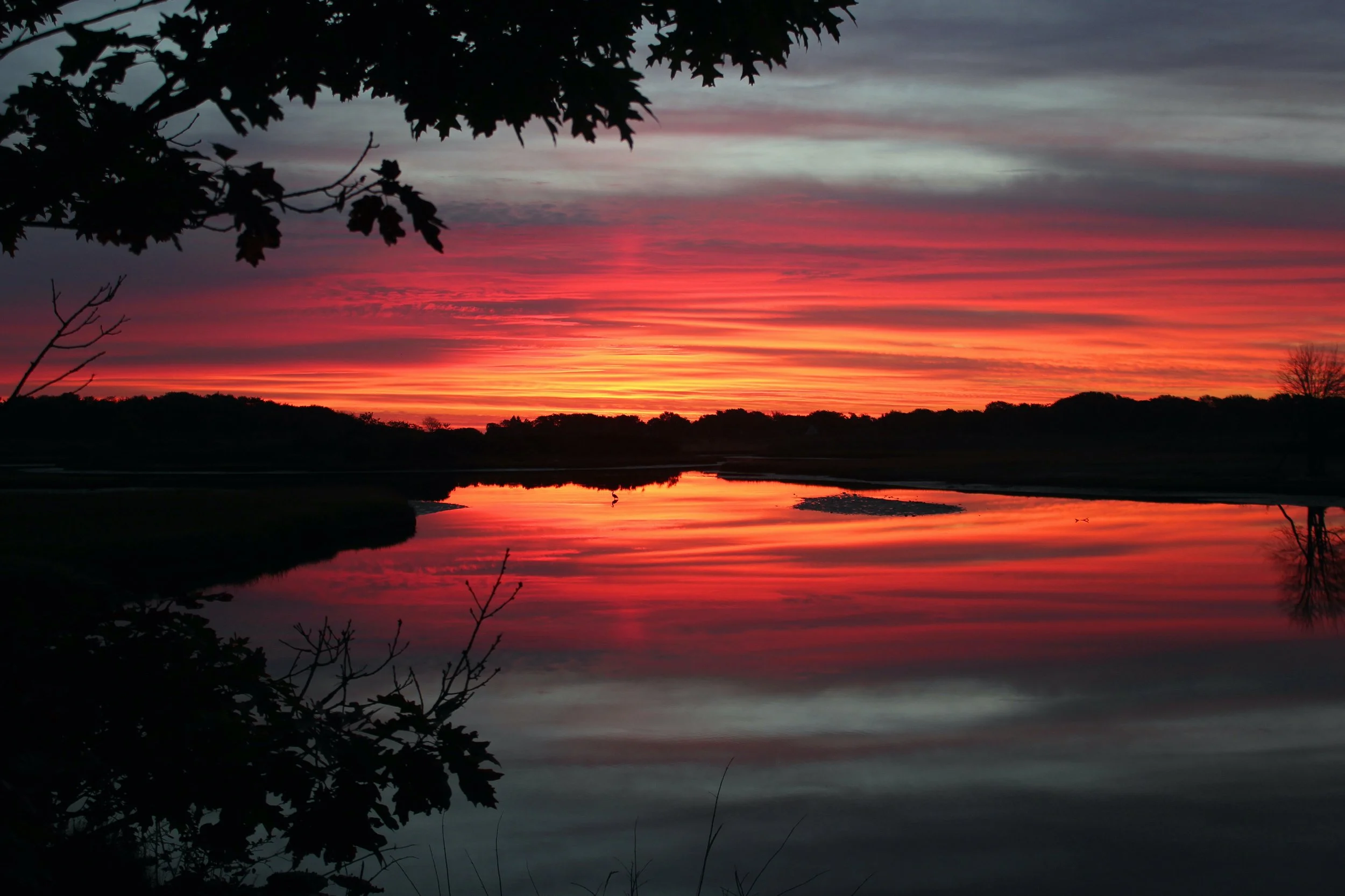Looking for interesting art as a gift for friends and family, while supporting our amazing natural lands, waters, and wildlife? You’re in luck! Southern Maine illustrator Hannah Rosengren created this wonderful illustrated map of the Refuge and is generously donating a portion of proceeds from sales to Friends of Rachel Carson. You can learn more about Hannah and this project on her blog and you can find posters and prints for sale in her shop. We are delighted to share her work and we are grateful for her support of the Refuge!
In times like these, Rachel Carson spoke up and defended our natural world to protect wildlife and people. Please join us now!
The Rachel Carson National Wildlife Refuge is nearly 6,000 acres of precious southern Maine coastal habitat. It's where bald eagles soar overhead, snowy egrets track fish in the shallows, and red-winged blackbirds sing in the cattails.
This beautiful place is under threat from climate change, pollution, invasive species, and funding cuts. Friends of Rachel Carson are appealing to you - neighbors, friends, and others who care - to help fund our work. Our target by the year end is $25,000 and one very generous supporter has already contributed $5,000. Can you help us find the rest? Even $20 will be put straight to work, as will every gift large or small.
Photo credit: Ryan Schain, Macaulay Library
Your contributions will fund new education internships for young scientists and conservationists at our Refuge, and at the new Rachel Carson Center for People and Wildlife which will open in Kennebunk in 2026. These young people will assist our committed Refuge staff in their mission to protect a sanctuary for animals and plants and to ensure its security - and our enjoyment of it - long into the future.
All contributions are fully tax deductible. Let's keep the saltmarsh sparrow singing.
Help Protect Our Refuge! Shutdown Update
We are writing with an update on the federal government shutdown and its impact on the Refuge.
Refuge staff have been placed on furlough status, meaning they are effectively unemployed during the shutdown.
The Refuge manager, two wildland firefighters, and one law enforcement officer are still working. Interns and partners continue to work while supervised by Refuge staff.
Refuge buildings are closed to the public.
Our wonderful walking trails - Cutts Island, Carson Trail, Timber Point, Goosefare Brook – remain open. Observation platforms and outdoor restrooms are open.
Hunting and fishing will continue, but all public events and meetings have been canceled.
As you visit, we ask that you please pack in, pack out, and leave no trace so this special place stays protected for wildlife and for you and other visitors. (Like this osprey, keep your nest very tidy!)
And please help us keep the Refuge strong for wildlife and people by donating. You can give here. Thank you!
Photo credit: Matt Poole/FWS
RIP Dr. Jane Goodall: "We must let local wisdom and science be our guides"
Dr. Jane Goodall, one of the world’s most respected conservationists, has died. She said in 2020: "I read Rachel Carson's Silent Spring and was inspired by her courage in battling with pharmaceutical companies, the government, and scientists about the danger to the environment of DDT. She wrote for the general public, letting people know the truth, challenging the belief that scientists were above criticism." Two pioneers and icons in the protection of our natural world. RIP Dr. Goodall.
Credit: Joel Saget/Agence France-Presse
Friends Now Accepting Pre-Orders for Highly Anticipated 2026 Wall Calendar
The calendar features winning entries from the annual 2025 “Sense of Wonder” photography contest. Proceeds from calendar sales enable the Friends to support the Refuge’s fieldwork and applied science, engage the public in conservation education and programming, and advocate for strong policies locally, across Maine, and nationally to preserve land that supports migratory birds and other wildlife. You can place your pre-order here.
Credit: Steven Wells
Our Nature Store Launches Later This Year
Friends board members and volunteers recently moved store fixtures and equipment to our Friends Nature Store, which will be opening later this year in the new Refuge Visitor Center at 188 Brown Street here in Kennebunk, Maine. A new sales counter, shelving, and merchandise displays were donated. Stay tuned for more news about the exciting launch of our Nature Store, which will help support the mission of the Refuge…
Credit: Ward Feurt
Credit: Jeanne Walsh
Credit: Jeanne Walsh
Help Protect Maine's Incredible Fish and Wildlife
Maine is updating the State Wildlife Action Plan which is a blueprint for protecting the state's amazing fish and wildlife, keeping common species common and preventing at-risk species from becoming endangered. The plan identifies inland and marine species of greatest conservation need and their habitats, threats, and recommended actions that can be used by natural resource agencies, land trusts, towns, businesses, and all of us as citizens. You can learn more and contribute to this important process by visiting this link.
Credit: New England Birds Plus
Spoiler Alert! Photo Contest Winner!
The annual judging for the Friends of Rachel Carson “Sense of Wonder” Photography Contest has been completed! Twelve winners and a Rising Star award were chosen. These images will appear in the 2026 Friends of Rachel Carson Calendar. Check back here for details on how to order your copies for friends and family, a perfect holiday gift. The calendar cover will feature this red-tailed hawk photo taken by Tom LeTourneau. Find more details here.
Credit: Tom LeTourneau
Good News For Maine's Piping Plovers!
Maine Audubon recently reported that Maine’s threatened piping plover population is having the best year on record, with 174 nesting pairs found in a recent survey. Rachel Carson National Wildlife Refuge staff play an important role in efforts to support piping plover populations through research, habitat restoration, and nesting site protections. You can read more here.
Credit: Bill Gingras
Access To Nature Means Healthier Lives
Betsy Cook, Maine state director at the Trust for Public Land, writes in the Lewiston Sun Journal about the importance of the Land and Water Conservation Fund, one of the most successful conservation programs in U.S. history. You can read more here and you can contact our Maine congressional leadership here.
Credit: Judy Plouffe


